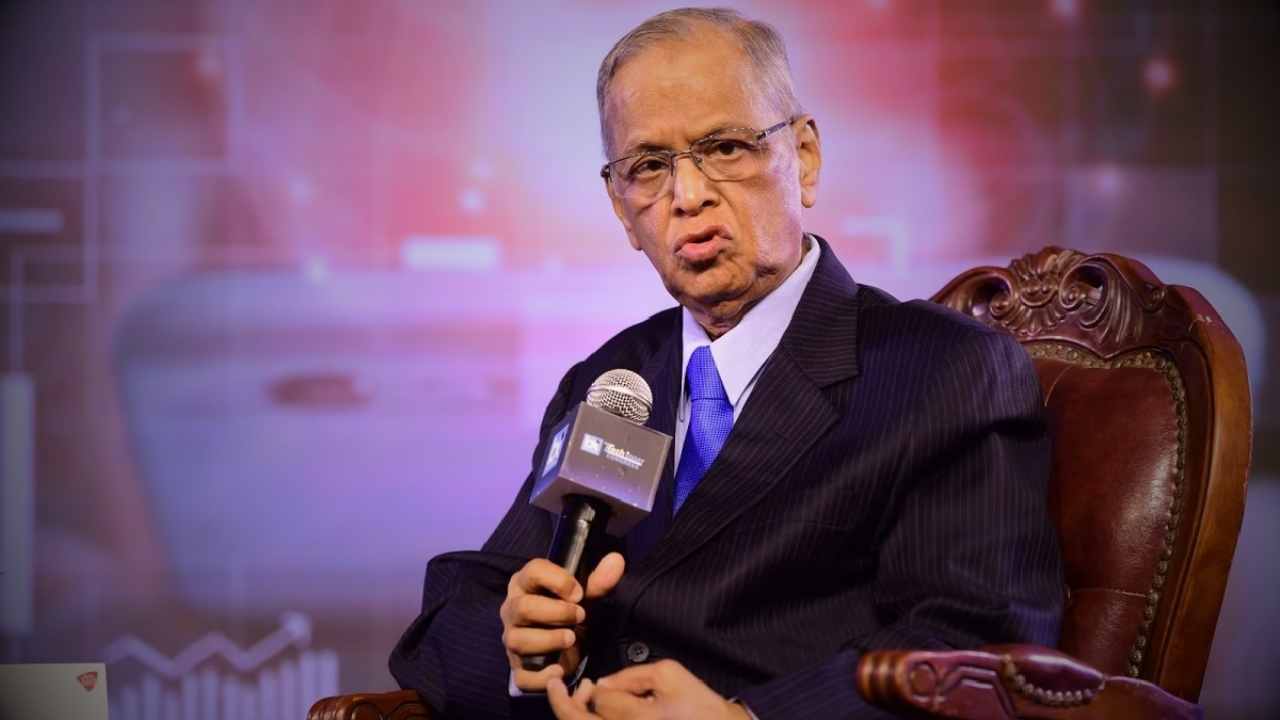Introduction
In a significant escalation in the Middle East conflict, Israeli forces carried out an airstrike in Beirut, Lebanon, resulting in the death of Hezbollah leader Sayyid Hassan Nasrallah. This decisive military action has raised concerns and questions regarding how Israel managed to pinpoint Nasrallah’s location within another nation’s territory, especially considering their extensive intelligence operations. Recent reports suggest that the intelligence gathered, which led to this successful strike, was facilitated by an unlikely ally—an Iranian spy.
The Role of Intelligence in the Airstrike
According to Le Parisien, a French newspaper, an Iranian informant provided critical information to Israeli officials regarding Nasrallah’s whereabouts. The report, citing a Lebanese security source, revealed that the spy notified Israeli intelligence that Nasrallah was attending a meeting at Hezbollah’s underground headquarters situated in the southern suburbs of Beirut. This intelligence ultimately allowed the Israel Defense Forces (IDF) to execute a precisely targeted airstrike.
Confirmation of Nasrallah’s Death
Shortly after the airstrike, the IDF took to social media, declaring around 1:30 PM (11 AM Lebanon time), that “Hassan Nasrallah will no longer be able to terrorize the world.” Hezbollah later confirmed the news, stating, “Sayyid Hassan Nasrallah … has joined his great, immortal martyred companions, whom he led for nearly 30 years.” This statement underscored the weight of Nasrallah’s leadership within the organization and the broader context of the ongoing conflict.
Israel’s Enhanced Intelligence Strategies
The airstrike’s success marks a pivotal moment in Israel’s strategy against Hezbollah, especially since the 2006 Lebanon War, where Israeli forces struggled to achieve a decisive victory. Reports from The New York Times indicate that, in response to that conflict’s limitations, Israel has significantly bolstered its intelligence capabilities, focusing on gathering detailed information about Hezbollah’s operations and leadership. This shift aimed to prevent Hezbollah from regrouping and responding effectively in future engagements.
Investment in Intelligence and Technology
Following the 2006 war, Israel allocated substantial resources to enhance its intelligence gathering. Israeli signals intelligence agency Unit 8200 developed sophisticated cyber capabilities aimed at intercepting Hezbollah’s communications, including mobile phone interactions. New operational teams were established to ensure that valuable actionable intelligence could be disseminated rapidly among troops and the air force, reinforcing Israel’s operational effectiveness on the battlefield.
Impact of Recent Attacks and Responses
In the lead-up to Nasrallah’s death, Hezbollah faced a significant threat from Israeli operations, including the detonation of explosive devices disguised as pagers and walkie-talkies. These attacks resulted in the deaths of 37 individuals and injuries to nearly 3,000 people within just two days. Following these events, Nasrallah publicly warned Israel of “severe retaliation and appropriate punishment,” highlighting the escalating tensions in the region and the ongoing cycle of violence.
Looking Ahead
The killing of Hassan Nasrallah marks a new chapter in the long-running conflict between Israel and Hezbollah, raising concerns about potential retaliatory actions from Hezbollah and the broader implications for peace and stability in the Middle East. As Israel continues to leverage its advanced intelligence capabilities, the dynamics of regional conflicts are likely to evolve, necessitating close monitoring of both Hezbollah’s responses and Israel’s military strategies in the coming days.











